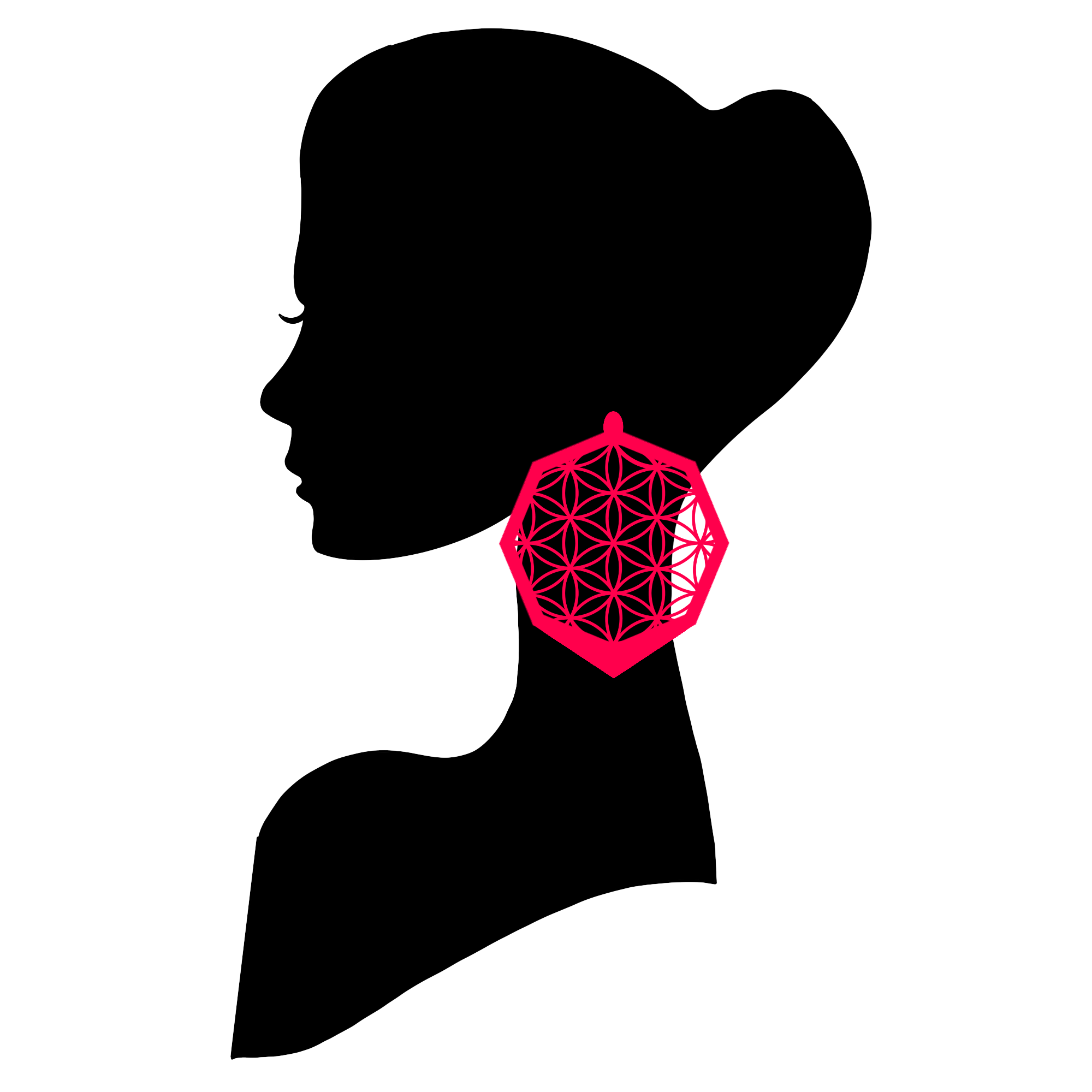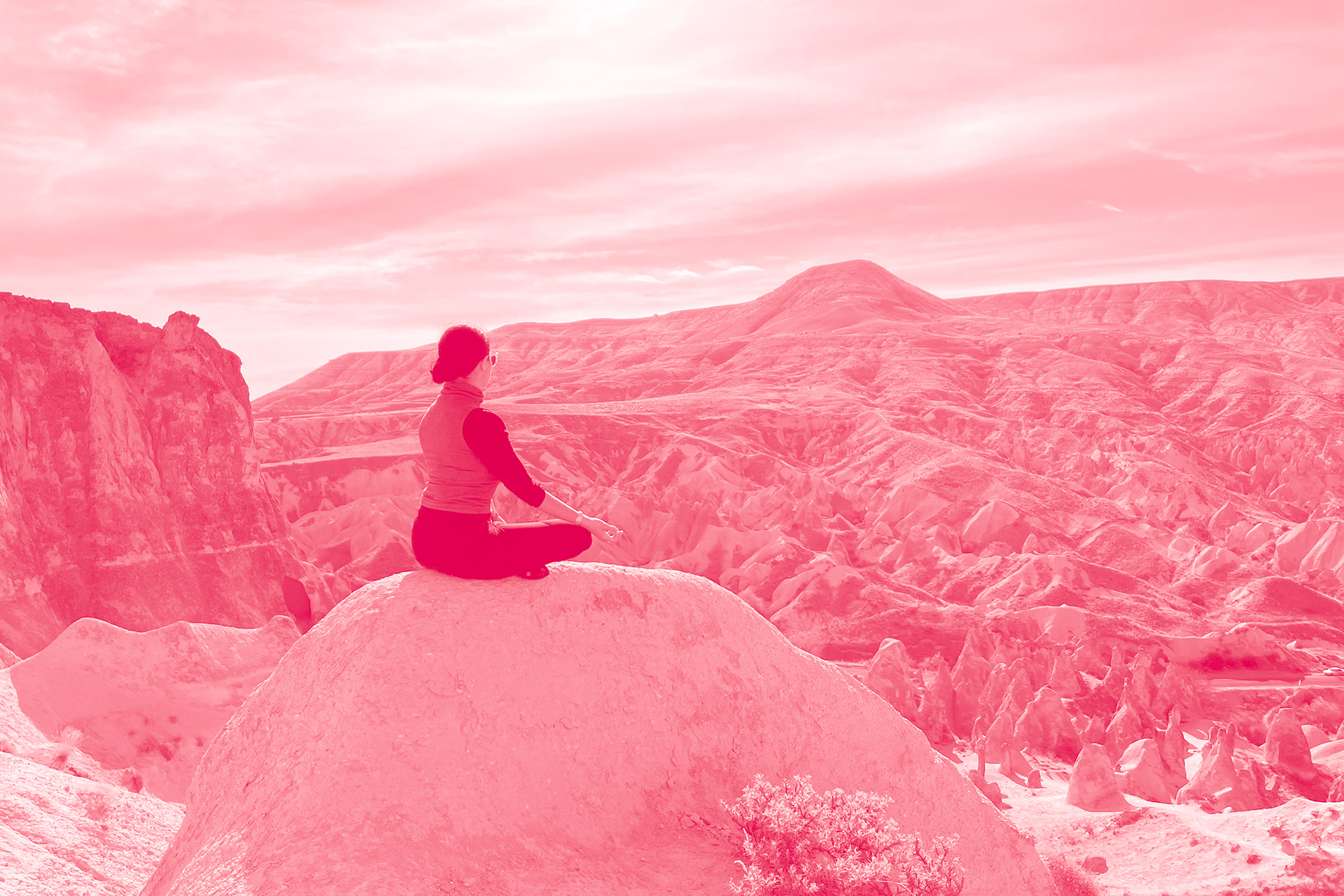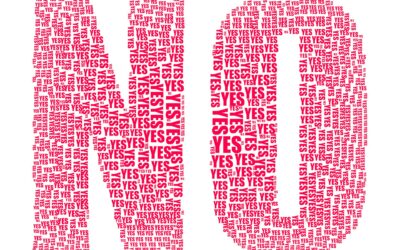A few years ago, I came across Yin Yoga almost by accident. I was expecting a vinyasa yoga class, ready for a vigorous workout, but was greeted with a Yin session instead. All the equipment was available: Blocks, cushions, bolsters, warm blankets, stretching straps, a very cozy atmosphere… I told myself that it was going to be like a prolonged nap in Shavasana position. But oh! It was much tougher than expected!
So, what exactly is Yin Yoga?
Well, it’s like a bath for your connective tissues like your fascia. My what?
Your fascia are these fibroelastic membranes which envelop the entire structure of your body and which create the interconnections, between your muscles, your ligaments and your joints, for example.
While Yang works the muscles, Yin takes it easy exploring the less used corners of the body. It’s a slow, meditative dance, where you connect to your inner being while letting yourself be caressed by physical sensations.
At the beginning, I admit, I was like a tight rope in a group of super calm yogis. Listening to my tendons, my muscles and my joints, screaming their distress, it wasn’t really my cup of tea. But over time, I learned to listen to this concert of cries to finally see them relax little by little, after emptying their bags.
Based on Chinese Taoist principles, Yin Yoga aims to release the energy that circulates within us, clearing blockages through postures held for longer. It’s a bit like an acupuncture session, but in a stretching version.
The benefits of Yin Yoga?
Oh, there’s a bunch of them! It stretches your tissues, improves your flexibility, optimizes your blood circulation and, as a bonus, reduces your stress and anxiety. And if you think that calm after a session is a myth, think again: it’s very real. Yin Yoga calms and clarifies your flow of thoughts and promotes restful sleep.
In practice, it happens everywhere. Just you, your postures held for a long time and your deep breaths. Deep breathing is the key to the success of a good Yin session. We thus teach our body to let go. Is it uncomfortable? Breathe and it will pass!
Is it uncomfortable? Breathe and it will pass!
Be careful, we are not looking for pain, just a deep sensation, what we call “comfortable discomfort”. You have to listen and let the body express itself. And once you hand him the microphone, it’s over, he can’t keep quiet anymore. You then understand better what is going on inside you and therefore how to adjust, improve, heal.
Who is Yin Yoga for?
For those who live life at a hundred miles an hour, yogis looking for a little inner peace, or even those recovering from an injury. It’s an active meditation, a beneficial break from this constantly moving world. Like any other type of yoga, Yin favors moments for yourself and the necessary breaks after facing the hustle and bustle of everyday life.
Over the course of practice, reflexes take hold outside the mat. In the case of Yin, we forget performance to rest before being exhausted. This is why Yin Yoga at the end of the day is often, for me, a saving break.
So, Yin Yoga is not just a calm and quiet class. It is an introspective journey, active and caring listening practiced with yourself. You should really try it, it might just change your view of yoga!
And how do we practice Yin Yoga?
The practice of Yin Yoga takes place mainly on the ground, promoting proximity to bodily sensations and relaxation. The postures are generally held for between 3 and 5 minutes, allowing the tissues to relax deeply. The objective is not to achieve maximum flexibility, but rather to explore the limits of our body with kindness, without exceeding 80% of our physical capacity.
The session usually consists of a small number of postures, sometimes as many as five, carefully selected to target a specific area or to relieve a particular pain.
To support your body and adapt each posture to your anatomy, the use of accessories is strongly recommended. Blocks, bolsters, straps, etc. do not hesitate to use it during your practice to never exceed the threshold of comfortable discomfort.
Ultimately, Yin Yoga is not just a quiet session. It is a meditation in movement, an inner walk where each prolonged asana becomes a serene pause during which you breathe consciously.
Before each session, I set an intention, such as revealing harmony in each stretch, each breath. You too, let yourself be guided by the gentleness of Yin Yoga and explore this sensory intimacy that connects you to your deep being. A good way to connect your head with your heart.
You’re leaving already ? Take with you my favorite Yin Yoga sequence
Balasana (Child’s Pose)
This posture is your relaxing starting point. You get on your knees, then you stretch your arms out in front of you, and presto! You gently let your forehead touch the ground. Stay like this for 3 to 5 minutes. Breathe deeply to release tension in your lower back and feel your arms stretch.
Eka Pada Rajakapotasana (Pigeon pose)
This is to open the hips and at the same time release the emotions. And if you feel like crying, don’t panic, it’s quite common. Indeed, this area is the storage center for your repressed emotions. So let the tears flow and focus on your breathing. Hold this pose for 3 to 5 minutes to release all tension in your right hip.
Left side
Do the same as before, but this time on the other side. Hold this pose for 3 to 5 minutes to balance your hips. It feels good, you’ll see!
Niravalasana (Sphinx pose)
You lie on your stomach, support your upper body with your forearms on the ground, elbows under your shoulders. You stay like this for 3 to 5 minutes to gently stretch your spine and open your heart. It relaxes !
Supta Baddha Konasana (Sleep goddess pose)
Lying on your back, bring the soles of your feet together and let your knees open to the sides. You can use cushions under your knees if necessary. Stay like this for 3 to 5 minutes to open your hips and relax your lower back. It will do you good, I promise!
Yin Yoga for good
Each of these Yin Yoga postures offers a specific benefit, but overall they contribute to deep tissue stretching, releasing built-up tension in the body, and calming the mind.





0 Comments